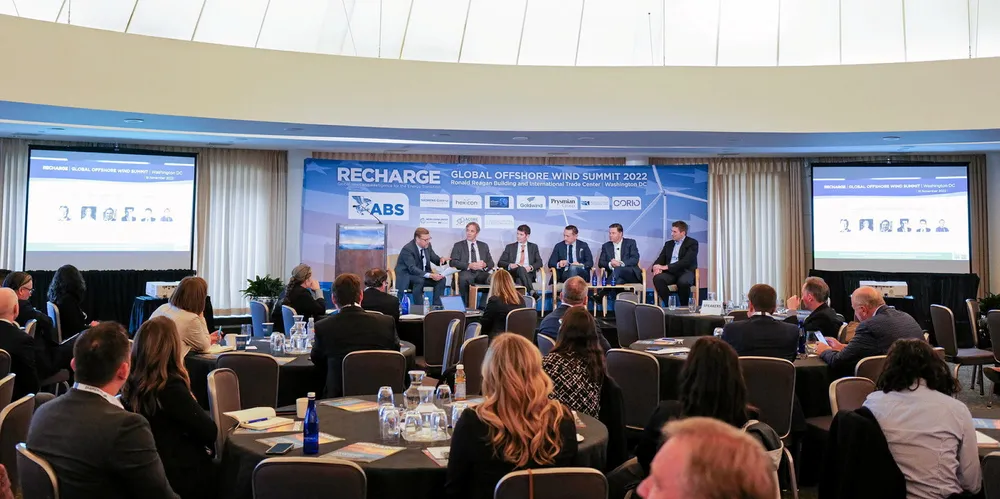'Opportunities, costs and roadblocks' | Recharge brings offshore wind to Washington
AGENDA | Special edition as first Global Offshore Wind Summit sees high-level debate and discussion over industry's future in heart of US capital

AGENDA | Special edition as first Global Offshore Wind Summit sees high-level debate and discussion over industry's future in heart of US capital
